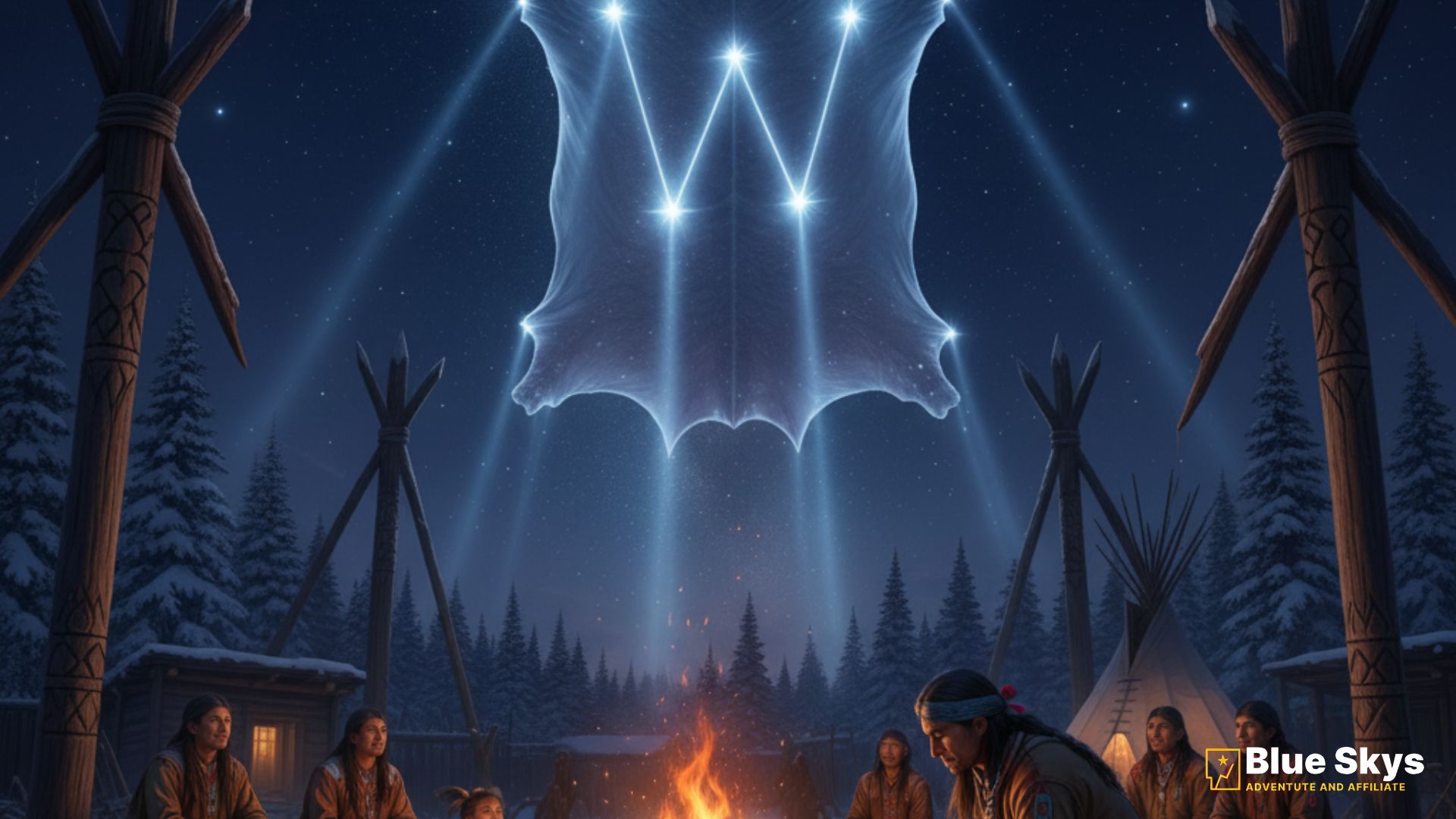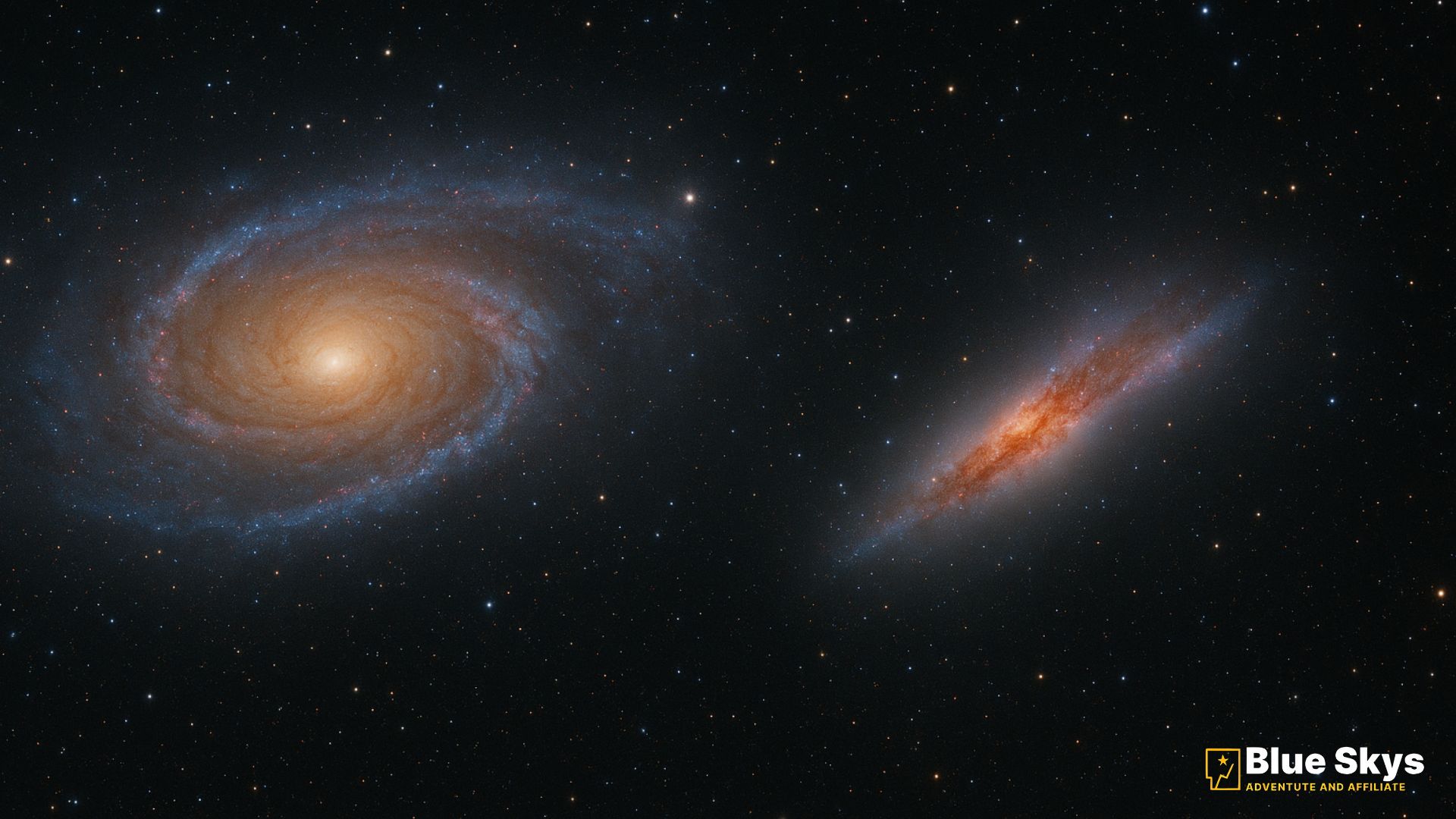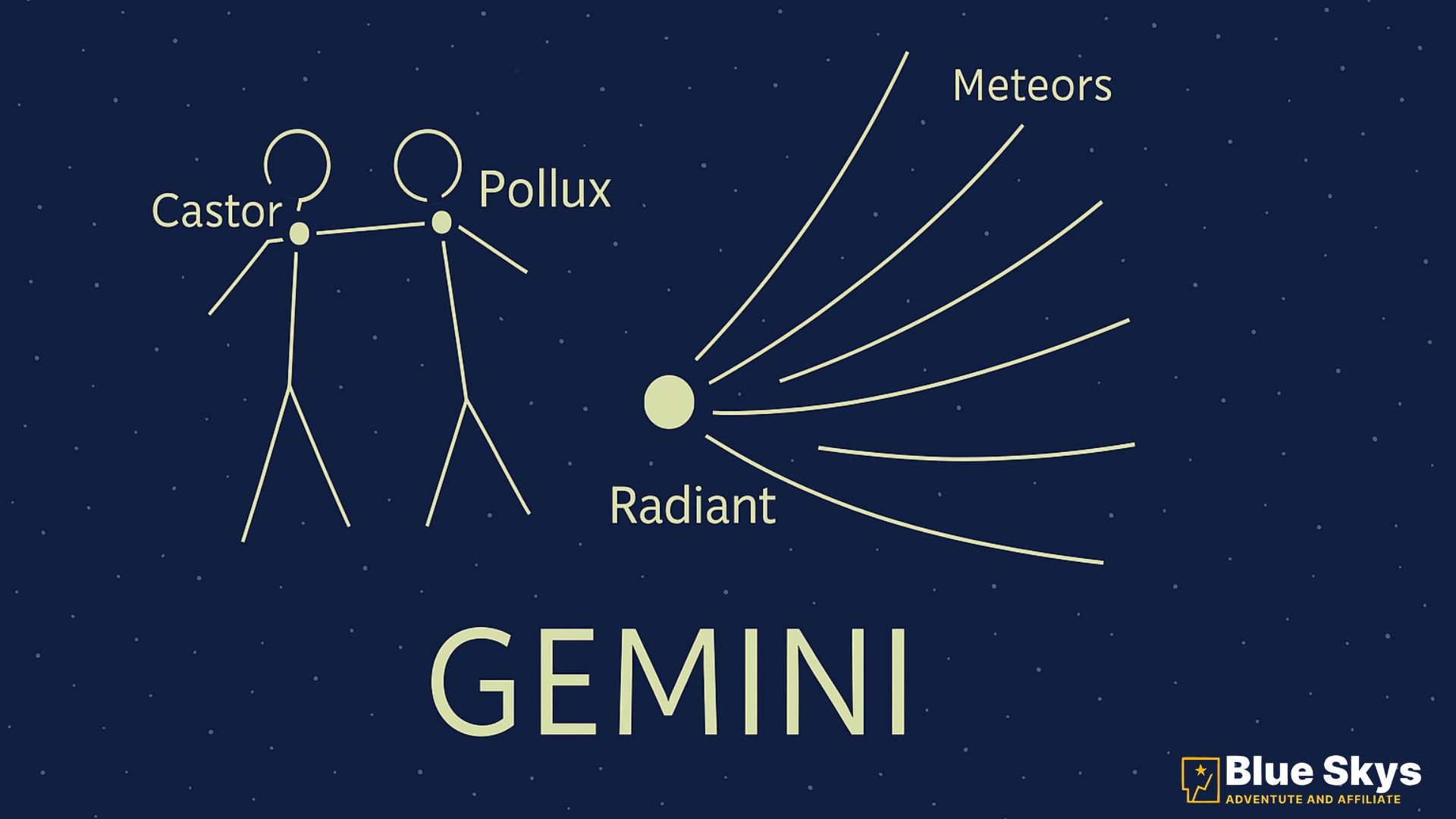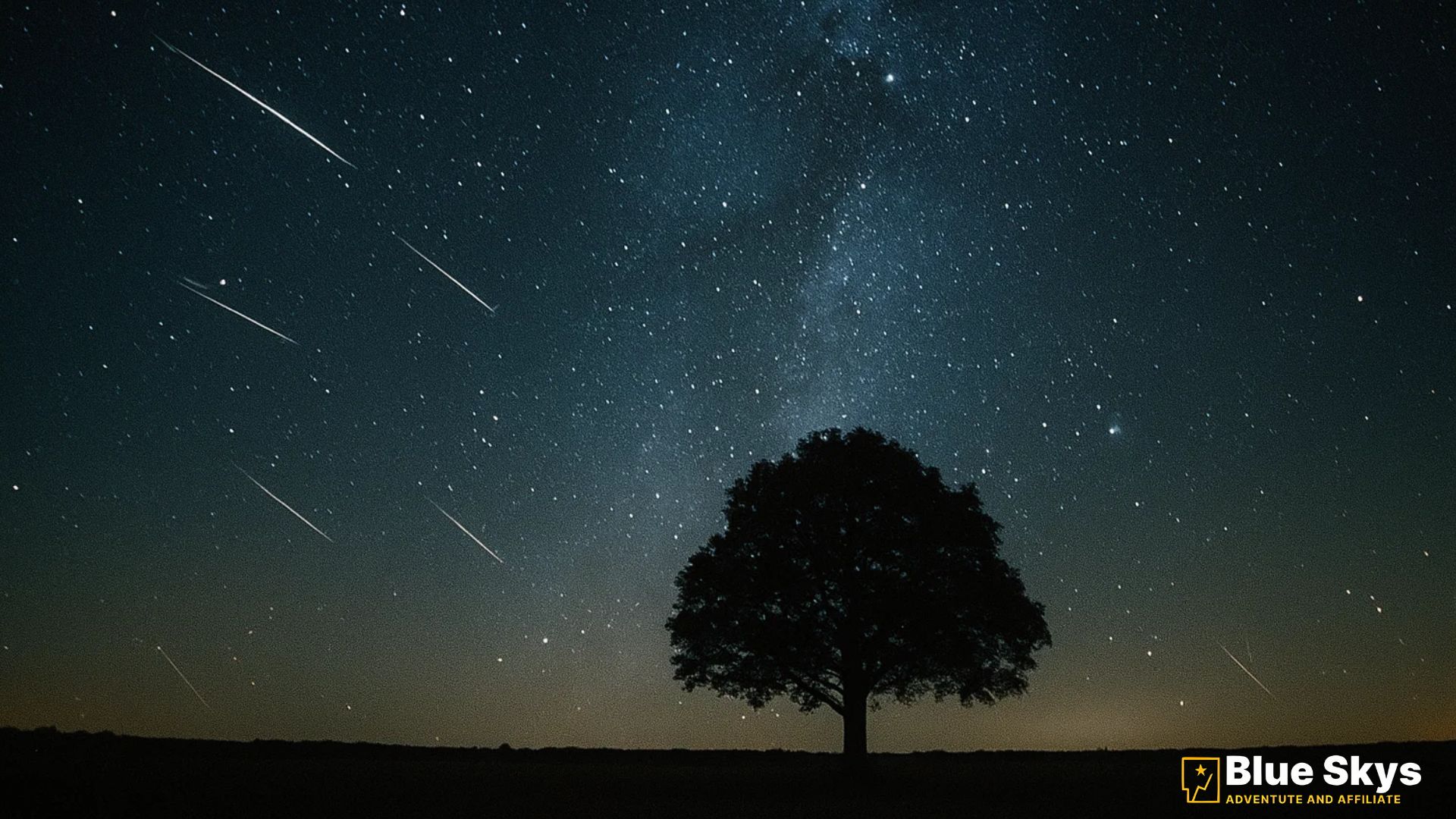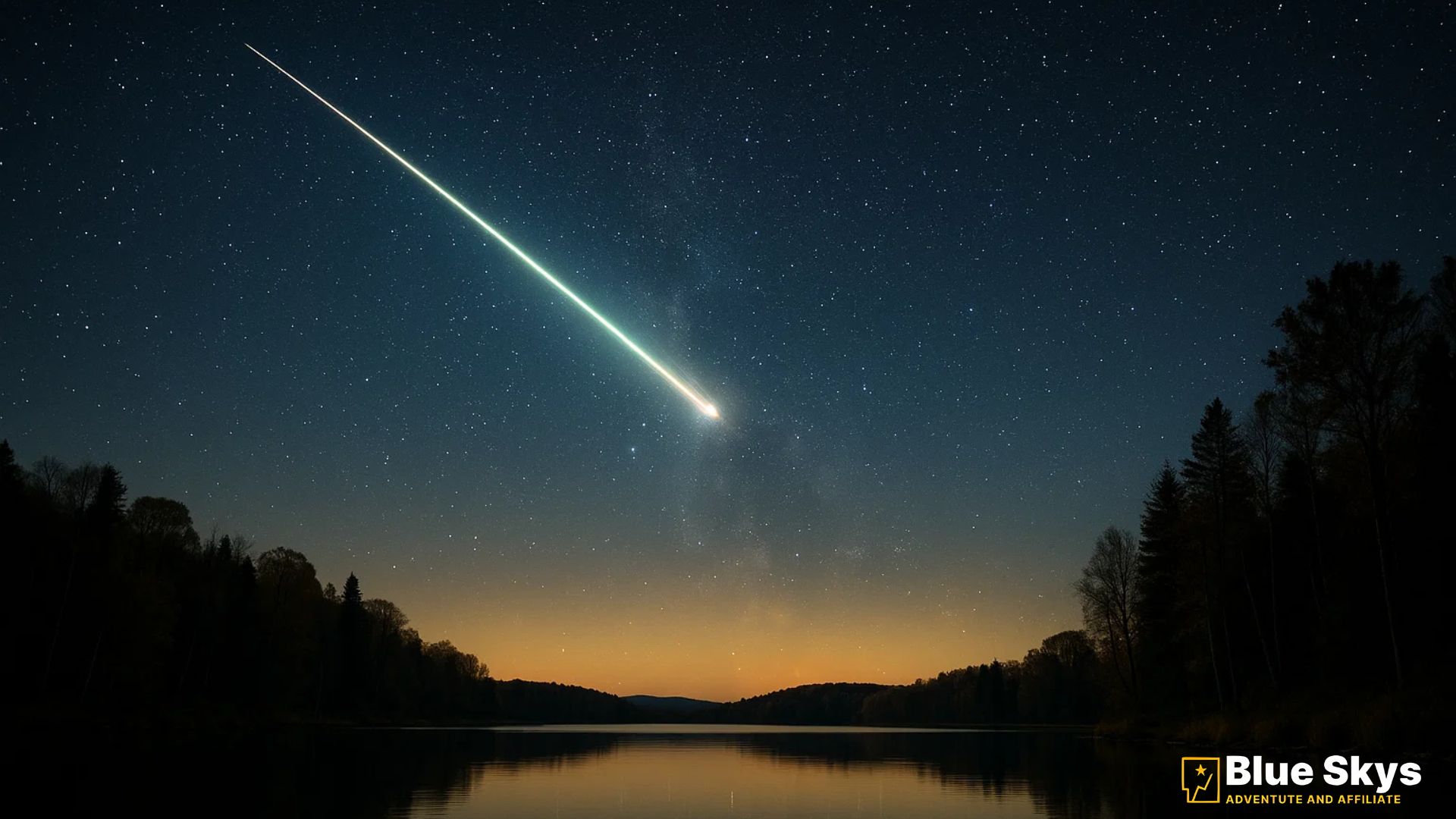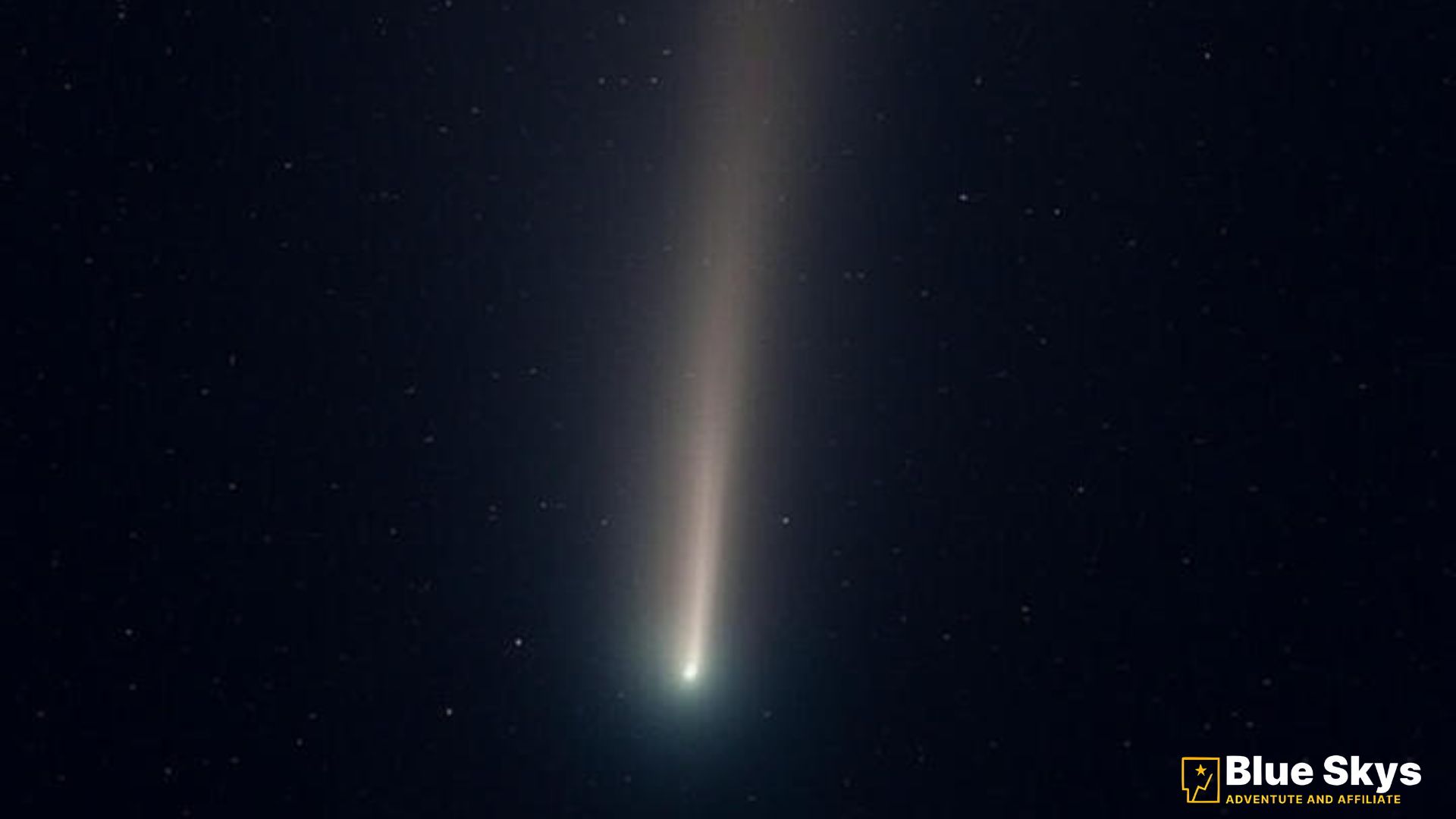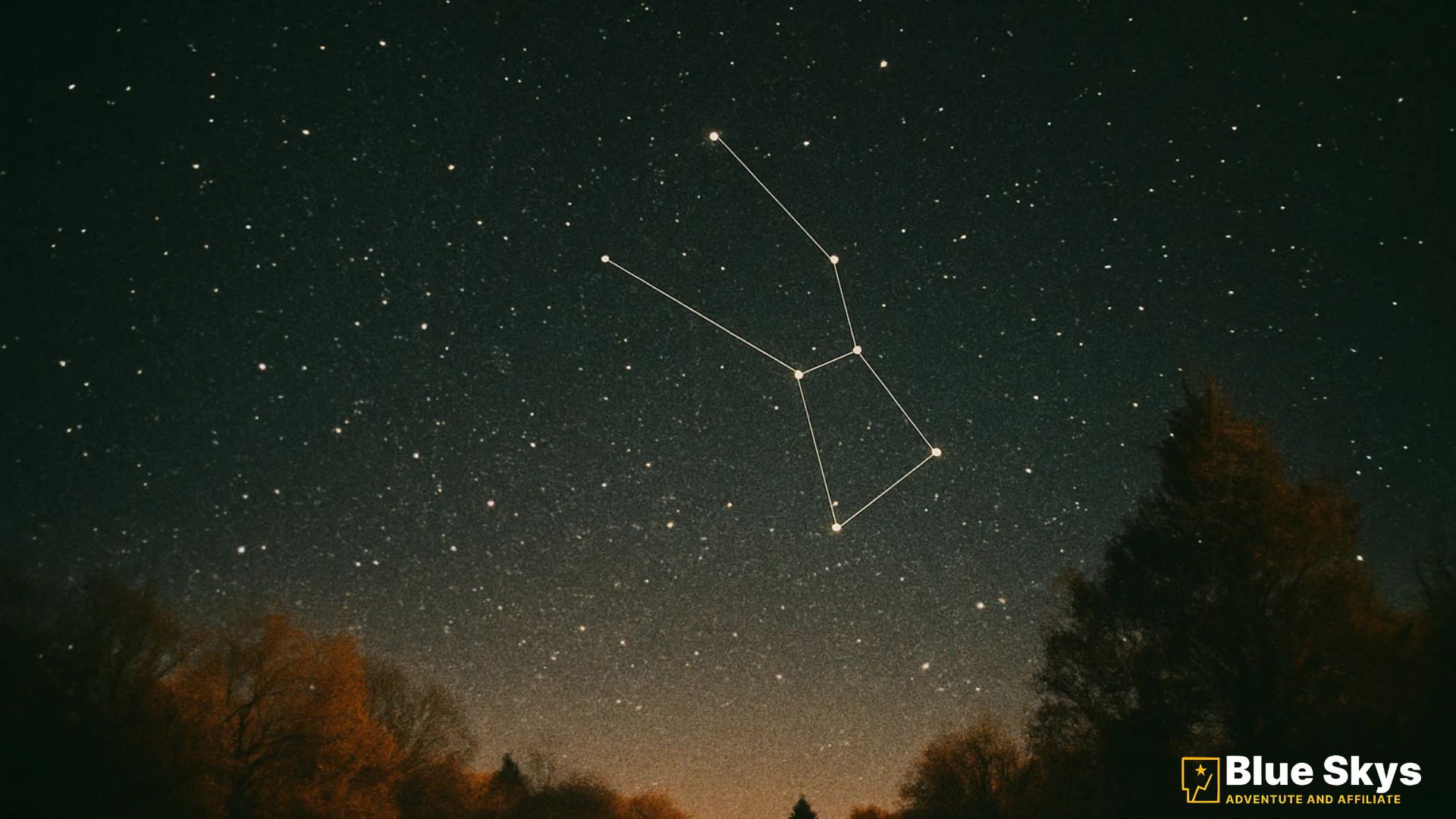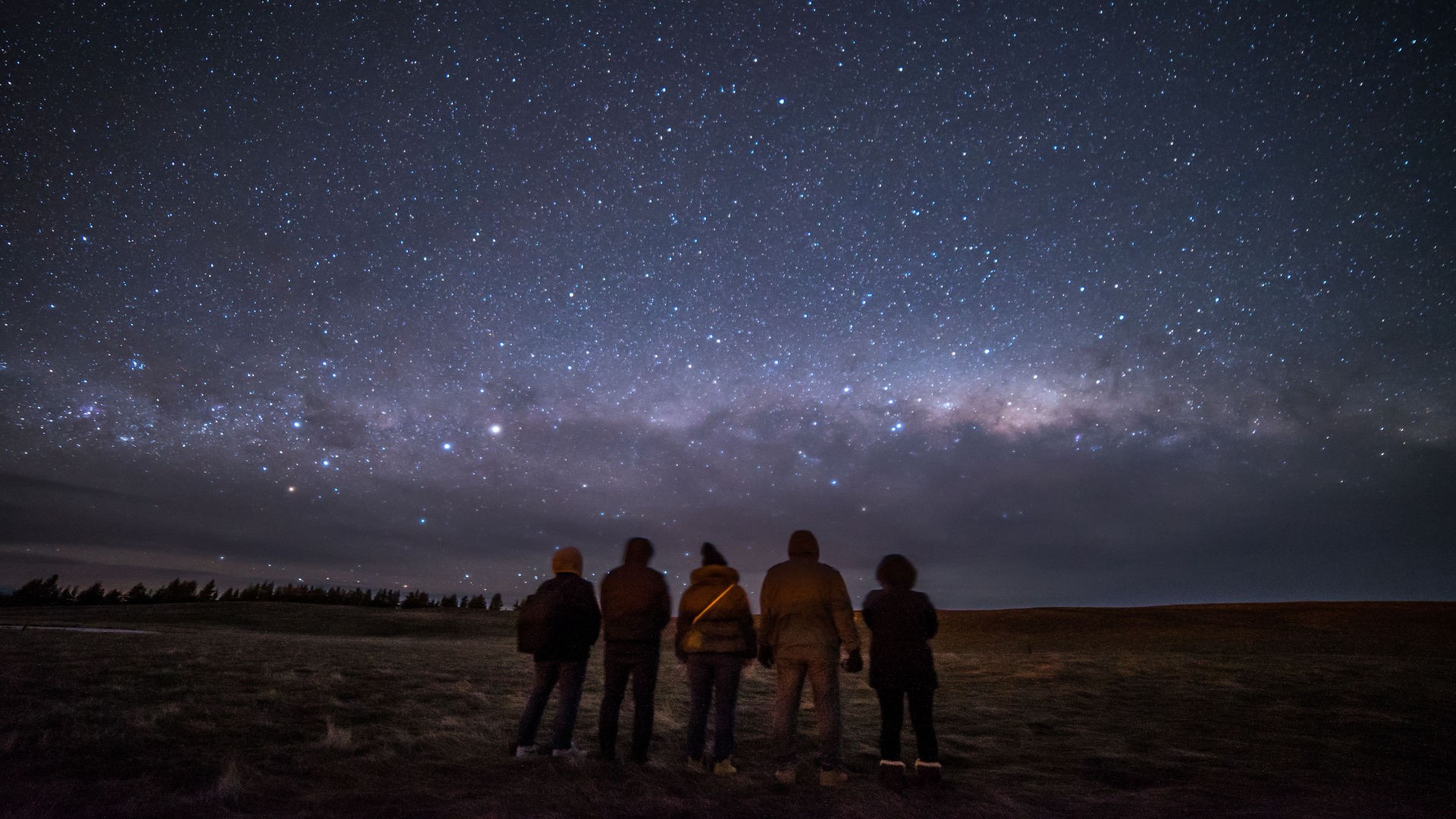Lyra constellation Vega stargazing guide. If you’ve ever looked up at the night sky in midsummer and spotted a dazzlingly bright star overhead, chances are you were looking at Vega, the radiant heart of the Lyra constellation. For centuries, Lyra has fascinated astronomers, poets, and stargazers alike — not only for its brightness but also for the myths and deep-sky wonders it contains.
In this guide, we’ll explore Lyra’s origins, its position in the sky, scientific facts about Vega, and how to spot this celestial gem from the USA, UK, Canada, Australia, and New Zealand.
1. What Is the Lyra Constellation?
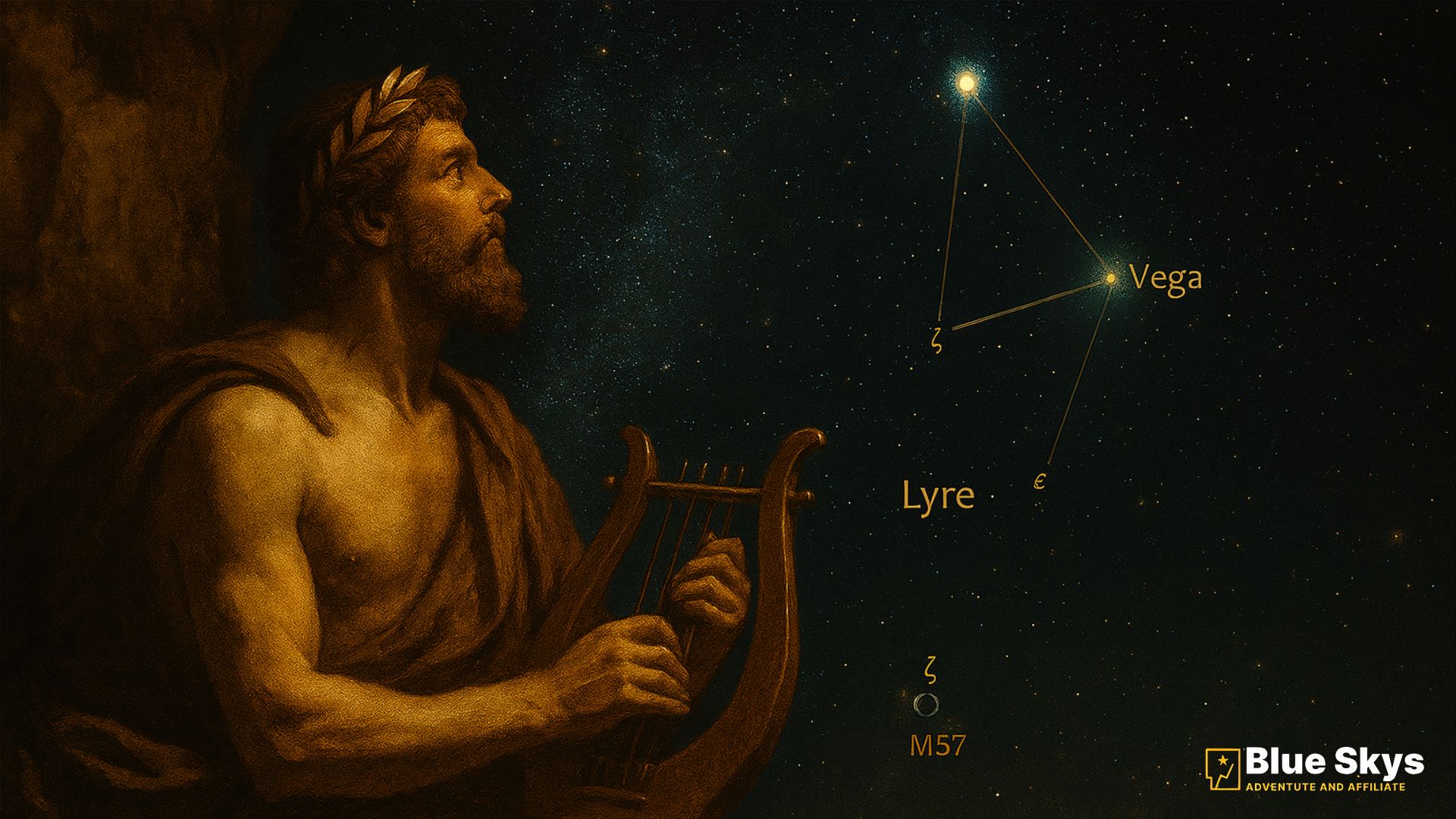
Lyra is a small but powerful constellation in the Northern Hemisphere, best known for containing Vega, one of the brightest stars visible to the naked eye. The name “Lyra” means the Lyre, a musical instrument, symbolizing the harp of Orpheus in Greek mythology.
It’s part of the Summer Triangle, an iconic asterism formed with Deneb (from Cygnus) and Altair (from Aquila).
2. Mythology Behind Lyra
In Greek mythology, Orpheus, the legendary musician, played a lyre so beautifully that even the gods were moved. When he died, his lyre was placed in the heavens by Zeus to honor his musical gifts — hence the constellation Lyra.
This poetic link between music and the cosmos makes Lyra a symbol of harmony between earth and sky.
3. Vega: The Shining Jewel of Lyra
Why Is Vega So Bright?
Vega (Alpha Lyrae) is the fifth-brightest star in the night sky and the second-brightest in the Northern Hemisphere, after Arcturus. It shines at magnitude 0.03, making it visible even from light-polluted urban skies.
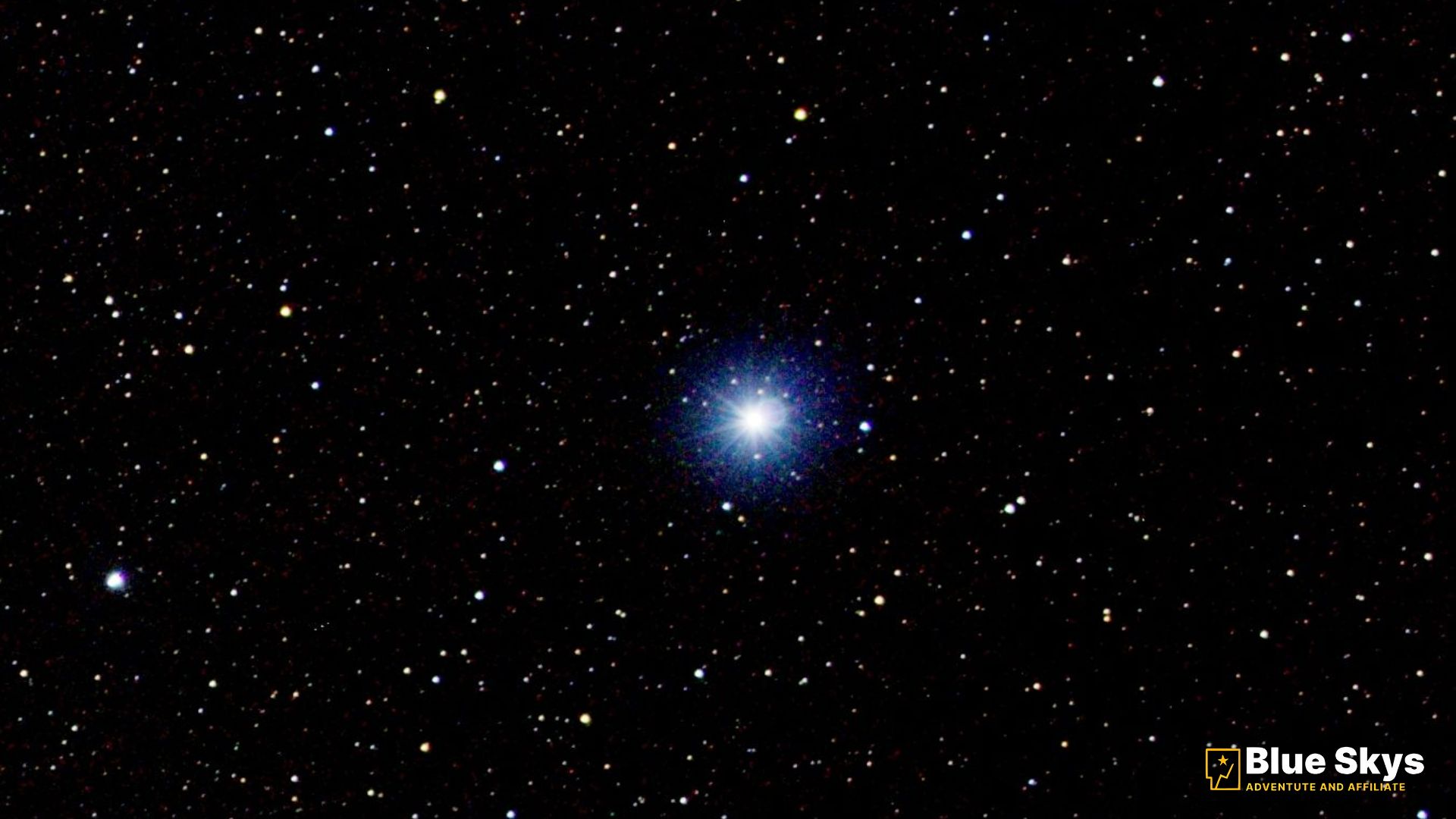
Scientific Facts About Vega
-
Distance from Earth: ~25 light-years
-
Star Type: A0V main-sequence star
-
Color: Blue-white
-
Temperature: ~9,600 K
-
Age: ~455 million years
Fun Facts About Lyra
-
Vega rotates so rapidly it bulges at the equator.
-
Vega was the North Star about 12,000 years ago — and will be again in ~13,700 years.
-
The Lyrid Meteor Shower radiates from this constellation every April.
Vega is often used as a reference star for calibrating photometric brightness — in short, it’s a cosmic “standard candle” for measuring light.
4. How to Find Lyra in the Night Sky
In the Northern Hemisphere (USA, UK, Canada)
Look toward the eastern sky during spring evenings, or nearly overhead during summer nights. Vega forms one corner of the Summer Triangle, making Lyra easy to locate.
In the Southern Hemisphere (Australia, New Zealand)
Vega appears lower on the northern horizon during winter months (June to August). Use a stargazing app or compass to find the bright blue-white star just above the horizon.
Quick Tip: Draw an imaginary parallelogram of four stars extending from Vega — that’s the main shape of Lyra.
5. Deep Sky Objects in Lyra
Even beyond Vega, Lyra hosts fascinating celestial treasures:
M57 – The Ring Nebula
Perhaps the most famous planetary nebula, M57 (NGC 6720), lies between Beta and Gamma Lyrae. It resembles a smoke ring or cosmic eye — best viewed through a medium or large telescope.
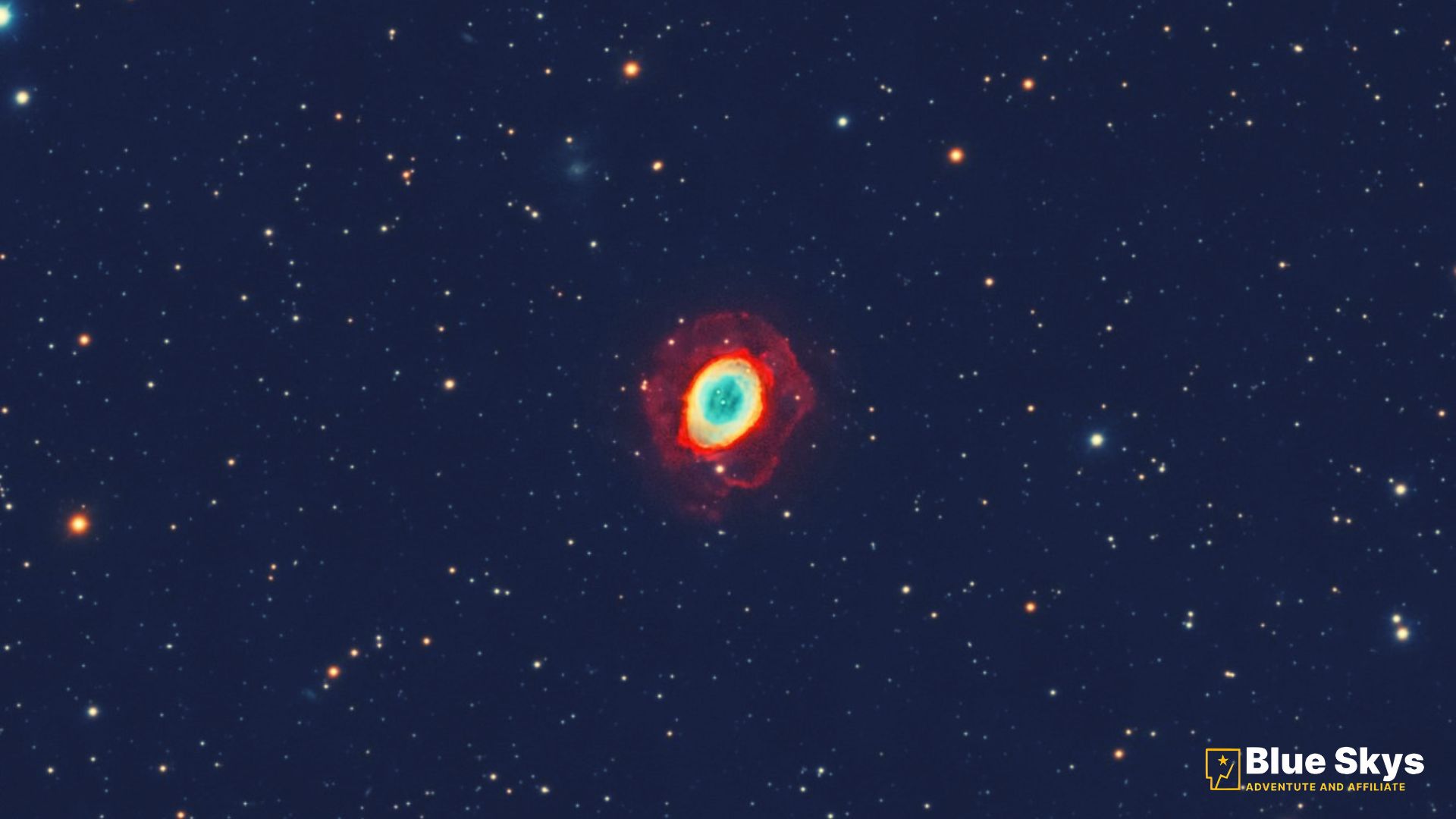
Epsilon Lyrae – The Double-Double Star
Just north of Vega lies Epsilon Lyrae, a binary system where each component is itself a double star. Under good seeing conditions, even a small telescope can split them into four distinct points of light.

6. Lyra in Modern Astronomy
Lyra is of great importance in modern astrophysics. NASA’s Kepler Space Telescope, which discovered thousands of exoplanets, was aimed at a field of view within Lyra. This means many known exoplanets orbit stars that are part of this very constellation.
7. Best Time to See Lyra
-
Northern Hemisphere: May to September (Vega highest in July)
-
Southern Hemisphere: June to August (low but visible northward)
-
Best viewing hours: Between 9 PM and midnight local time
8. Stargazing Tips for Observing Lyra
-
-
Use a pair of 10×50 binoculars to explore Vega’s brilliance and the faint parallelogram.
-
For deep-sky viewing, a 4–6 inch telescope will reveal the Ring Nebula and Epsilon Lyrae.
-
Choose a dark-sky site away from city lights. Rural areas in the USA, Canada, and Australia offer ideal visibility.
-
9. Why Lyra Captures the Human Imagination
From ancient bards to modern scientists, Lyra continues to inspire. Its musical mythology connects art with science, while its brilliant Vega and stunning nebulae invite curiosity about our cosmic origins.
Conclusion: The Music of the Stars
Lyra is more than just a constellation — it’s a bridge between myth and modern astronomy, symbolizing how human imagination meets scientific discovery. Next time you gaze at Vega on a clear night, remember: you’re looking at a star that has guided civilizations, inspired musicians, and continues to illuminate humanity’s journey through the stars.
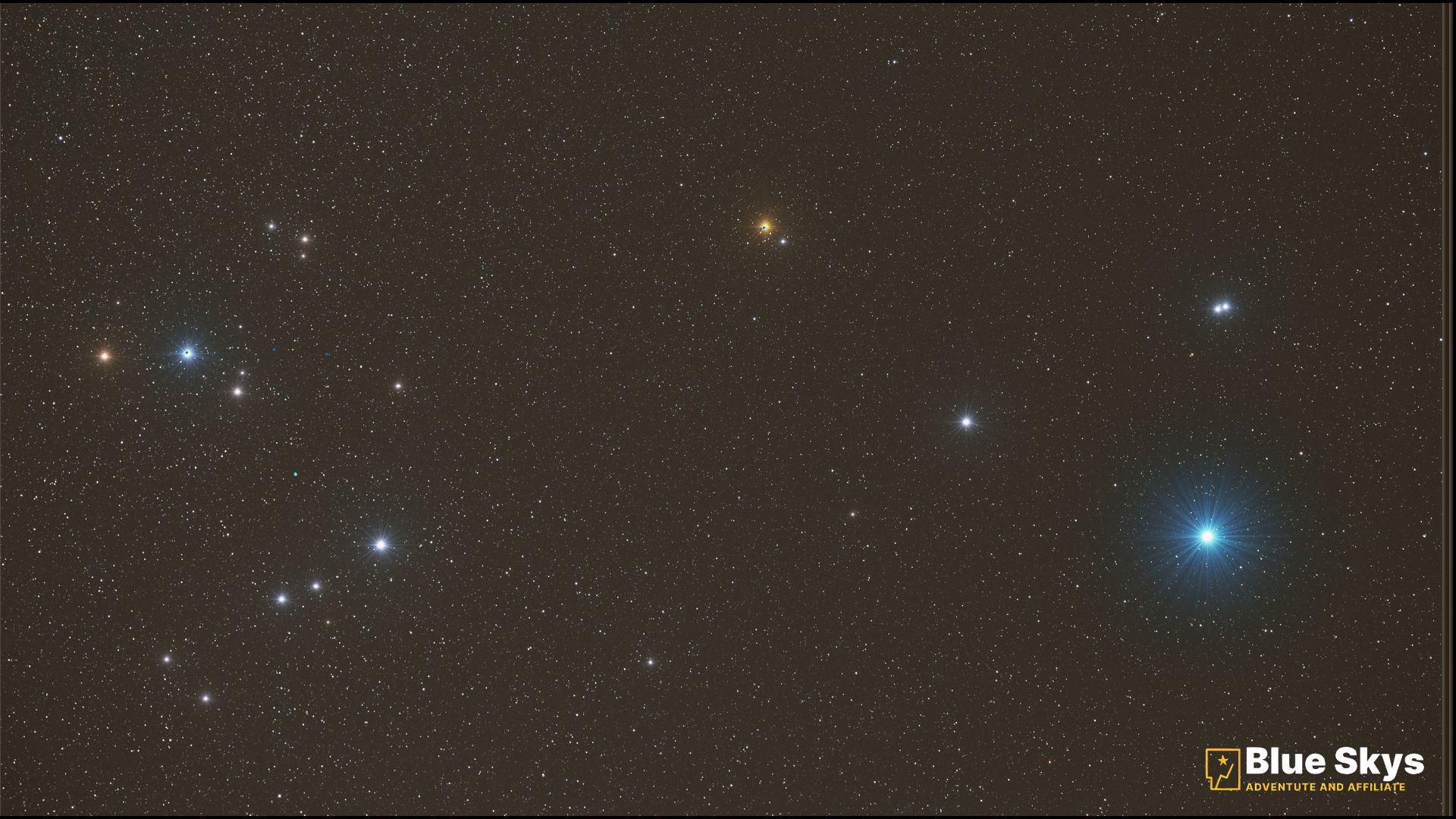

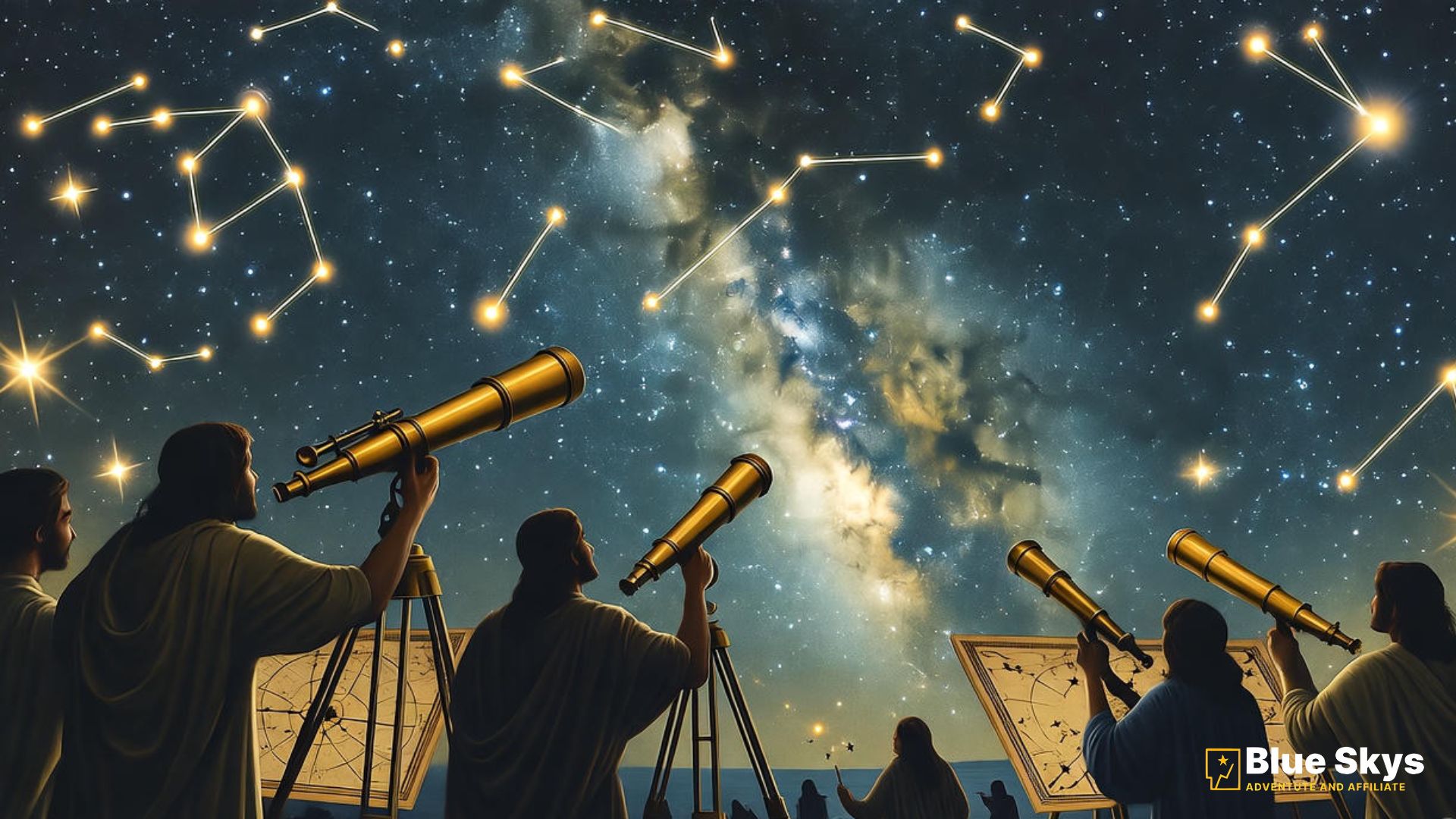

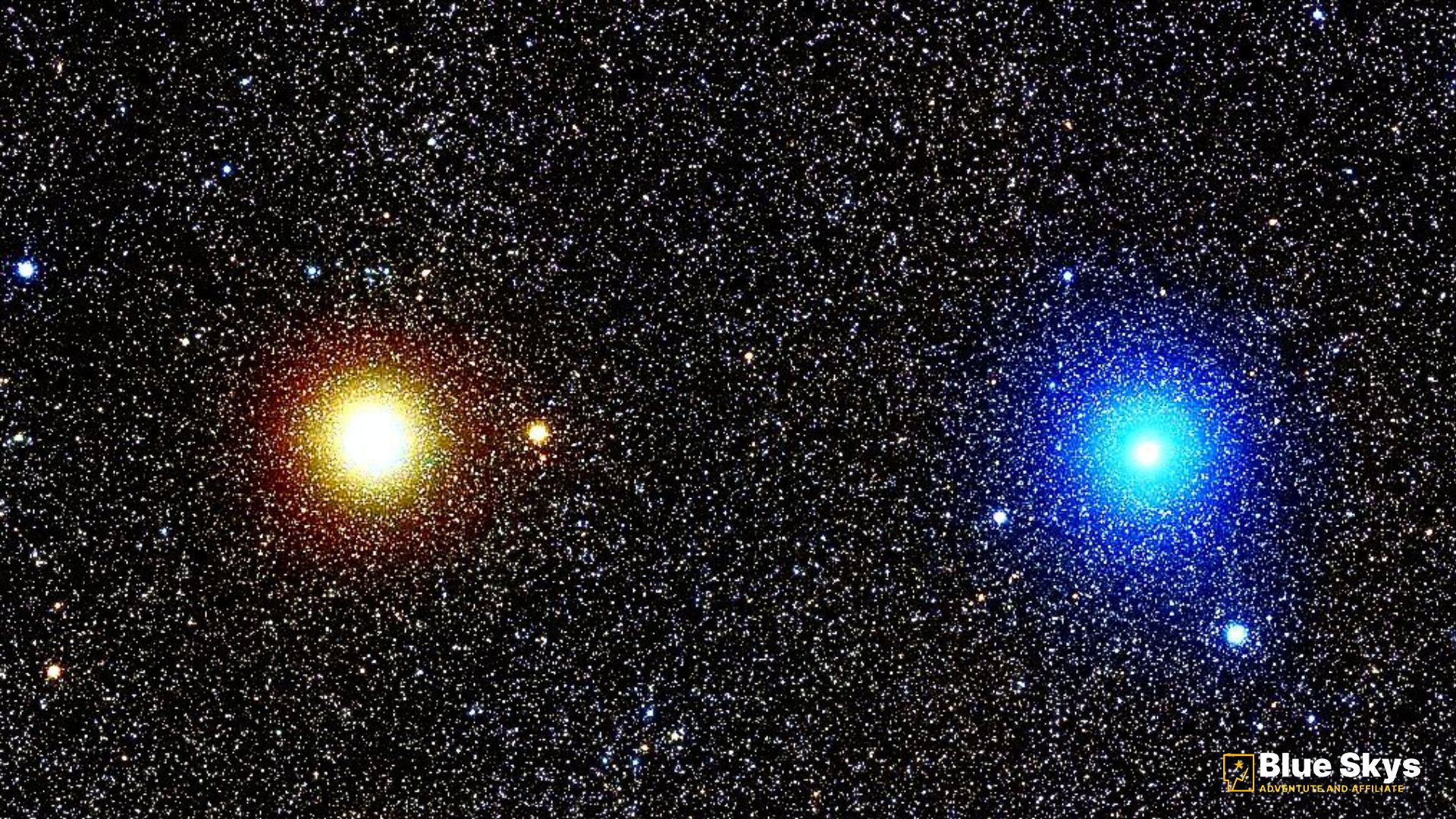
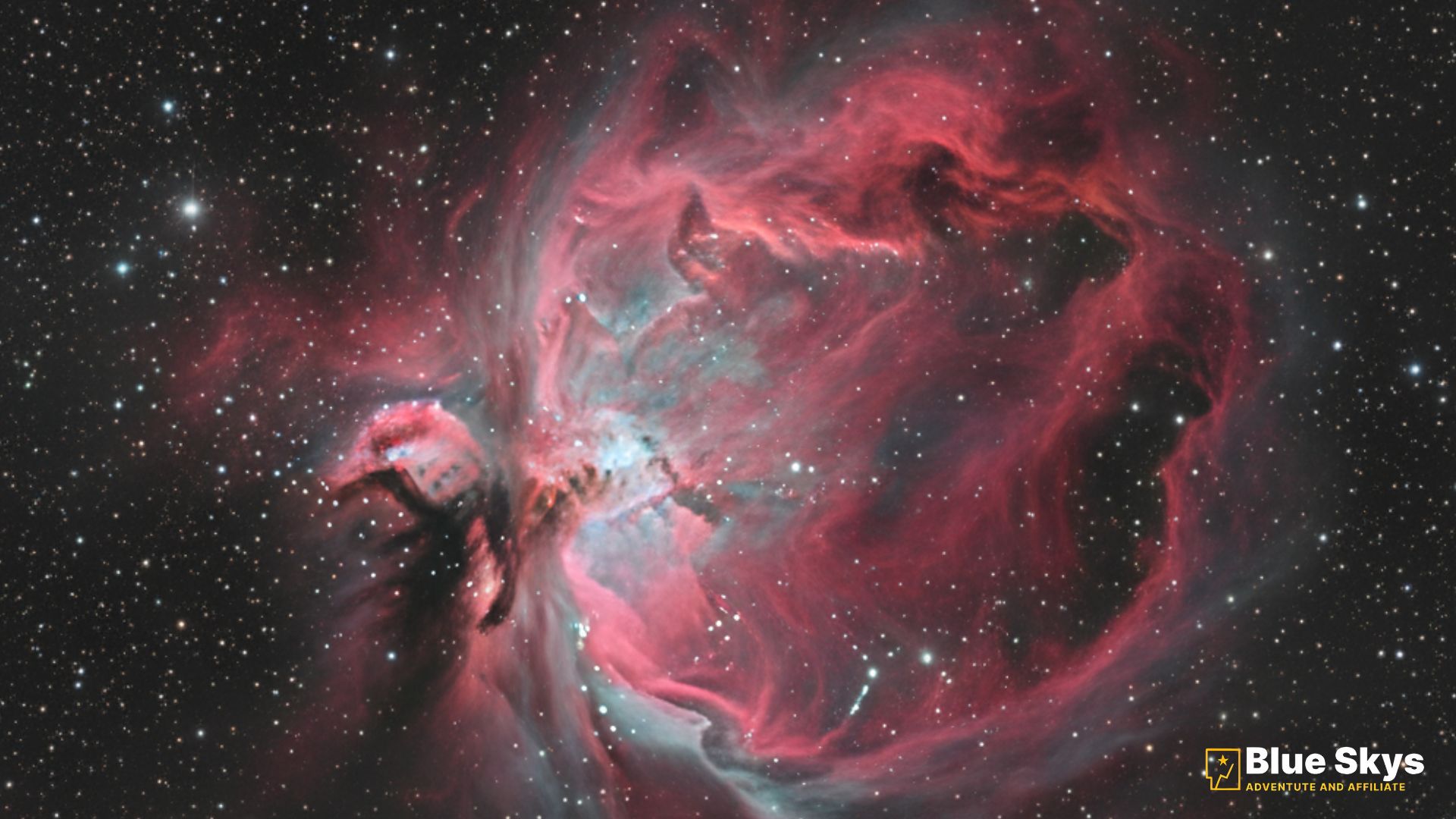
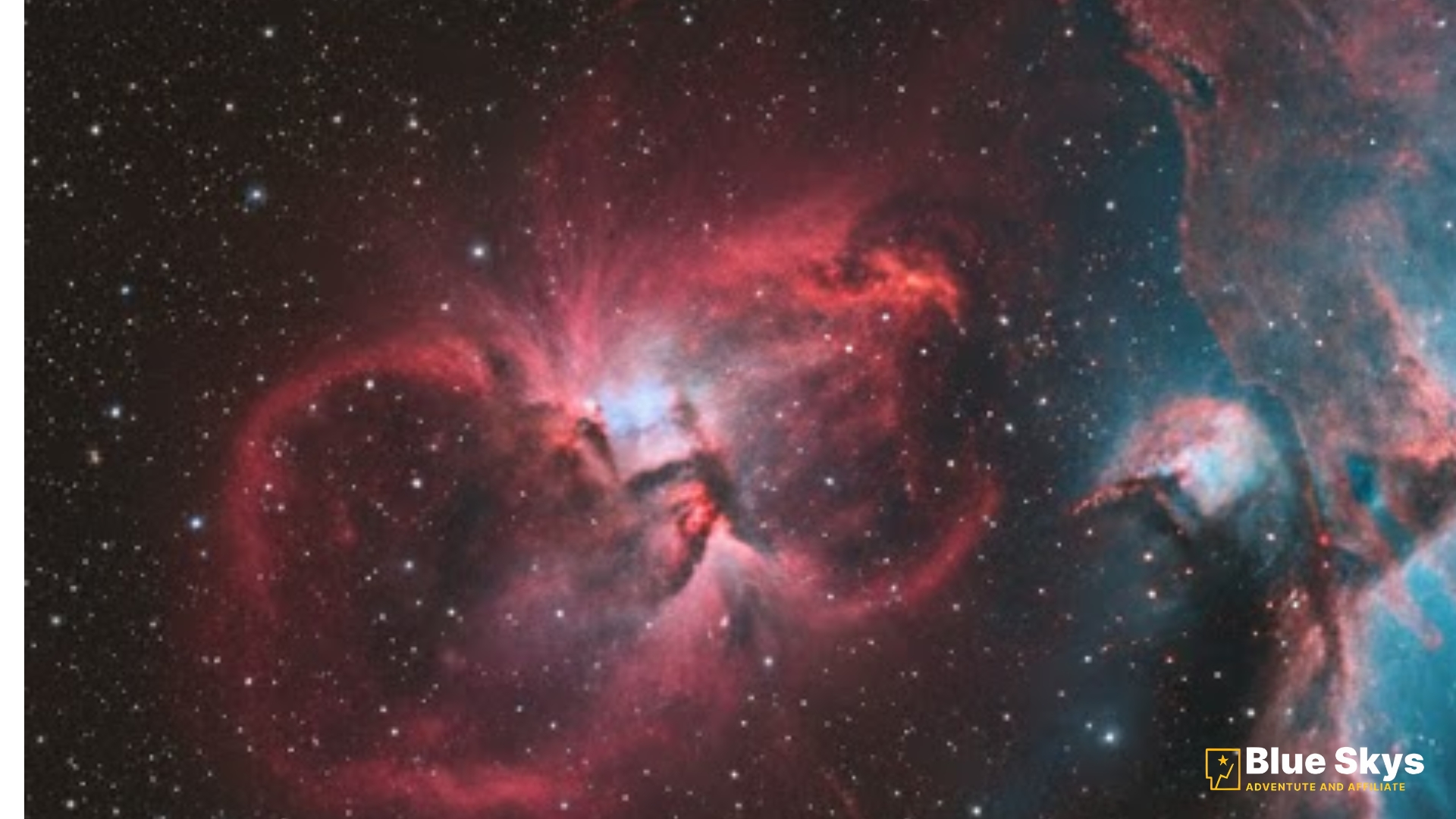




 Cassiopeia A is the cosmic ghost of an exploded star—its expanding shell and hidden neutron star offer a rare view of stellar rebirth
Cassiopeia A is the cosmic ghost of an exploded star—its expanding shell and hidden neutron star offer a rare view of stellar rebirth